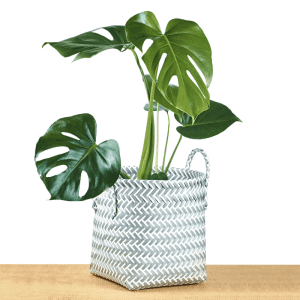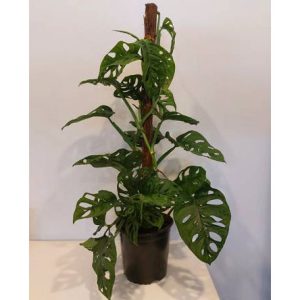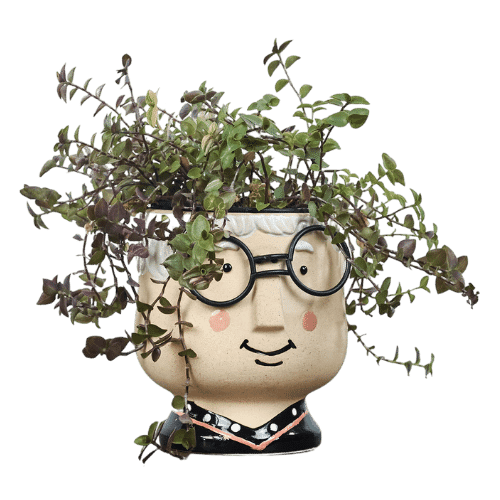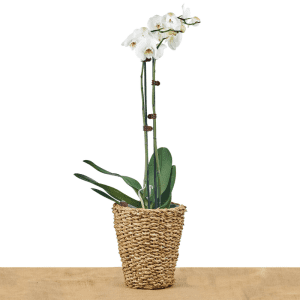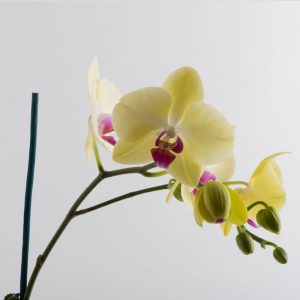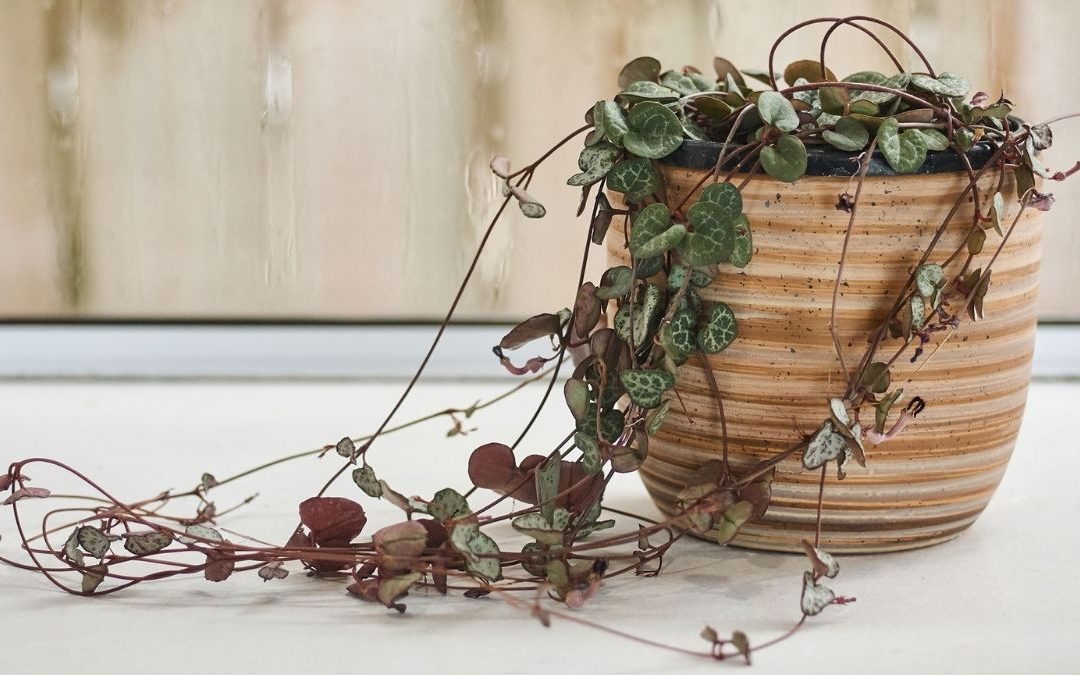
Monstera Indoor Plant Care
Monstera
Learn how to take care of Monstera Adansonii and other Monstera varieties indoor plants.

History of Monstera
Monstera also a close relative to the Swiss Cheese Plant is found in Central America of southern Mexico tropical forests and south to Panama. They are species of evergreen tropical vines and shrub plants.
Monstera is generally known for having leaf holes, scientifically called Perforate leaf or fenestrate. They can grow 6 to 8 feet tall, 1 to 3 feet wide indoors.
Two Monstera species are deemed as indoor plants: Monstera Deliciosa and Monstera Adansonii.
The difference between these two Monstera species is that Monstera Adansonii has longer tapering leaves as well as leaf holes; whereas Monstera deliciosa have leaf holes that grow around the corners and spread as they bloom.

How to look after Monstera indoor plants?
Sunlight
Monstera love to grow in bright to medium indirect light. They do not like strong direct sunlight, although they can adapt to endure it.
Water
Water every 1-2 weeks or when it looks dried. Allow Monstera to dry out about 75% between watering. You will have to water more frequently in brighter light and less often in lower light.
Humidity
Monstera prefers humid conditions but can live in normal humidity indoors. You can use a wireless 750ml humidifier. You can use a wireless 750ml humidifier to improve the humidity of your home.
Temperature
Most Monstera indoor plants prefer a temperature between 18°C to 30°C. Make sure the temperature doesn’t drop below 15°C.
Potting
Use a high-quality potting mix that encourages root growth and plant development. We highly recommend Premium Aroid and Hoya Potting Mix.
Common Issues
Issue 1: My Monstera plant has pests on it.
Solution: Monstera Plants are friendly plants and usually pest-free. However, if pests do appear, regularly wipe the plant, or you can spray natural pesticides weekly.
Issue 2: My Monstera plant’s leaves are turning are brown and crispy from the edges.
Solution: Water it more. This is due to Monstera being thirsty, not watered enough, or excessive salt developed.
Issue 3: Monstera is Wilting, and potting mix is dry
Solution:
- Water it more, if underwatered.
- If pot-bound, repot Monstera in a large box or container, prune the roots, and repot in the same box or container.
Issue 4: Leaves are turning yellow, black stems, potting mix is wet.
Solution: Your Monstera has been overwatered. Reduce watering.
Precautions
Keep your cats, dogs, and humans away from Monstera as its leaves can be harmful if eaten. Keep it out of reach from your kids and pets.

